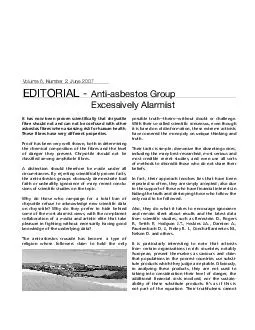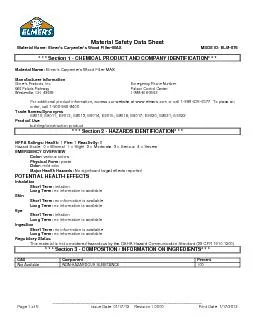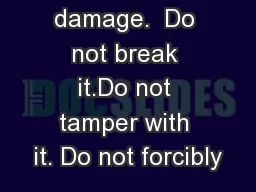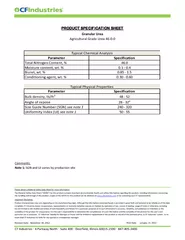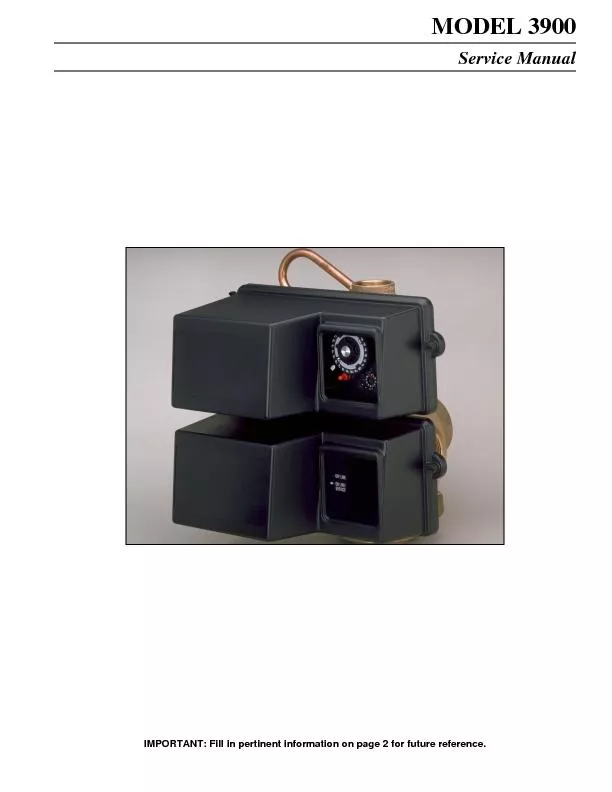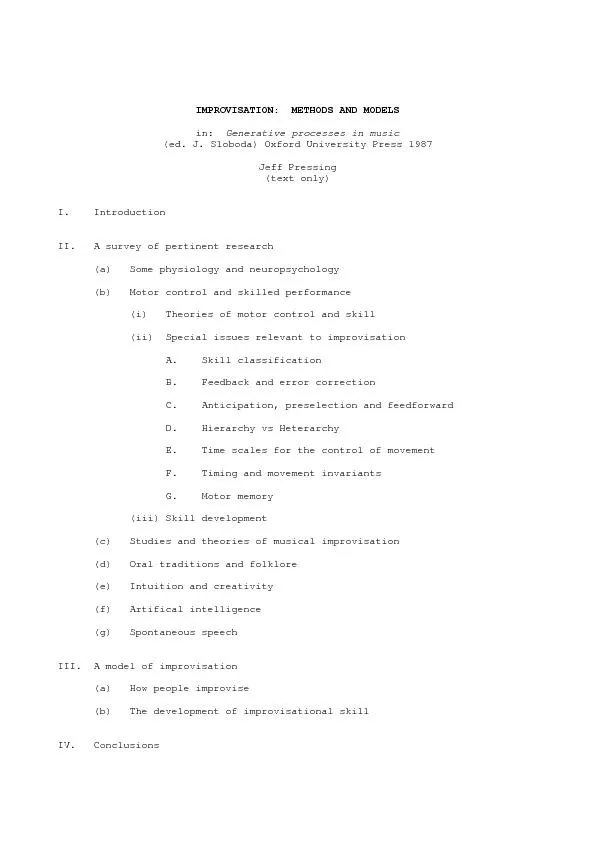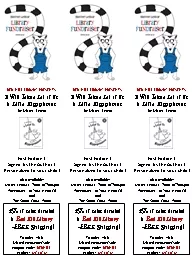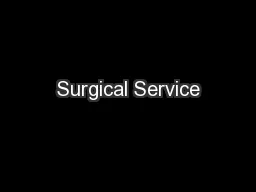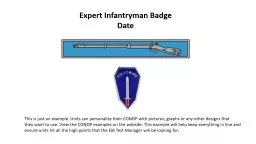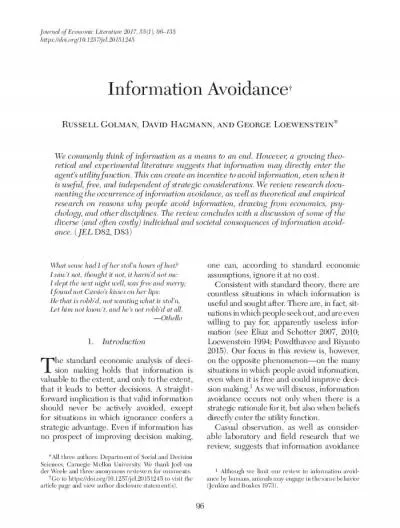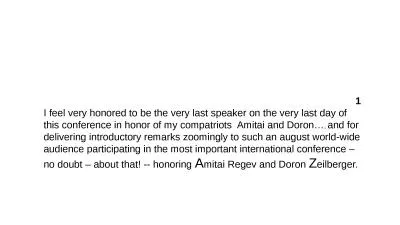PPT-DISCLAIMER This training material presents very important, pertinent information. It
Author : kittie-lecroy | Published Date : 2019-06-21
This training is AWARENESS LEVEL and does not authorize any person to perform work or validate their level of competency it must be supplemented with operation and
Presentation Embed Code
Download Presentation
Download Presentation The PPT/PDF document "DISCLAIMER This training material prese..." is the property of its rightful owner. Permission is granted to download and print the materials on this website for personal, non-commercial use only, and to display it on your personal computer provided you do not modify the materials and that you retain all copyright notices contained in the materials. By downloading content from our website, you accept the terms of this agreement.
DISCLAIMER This training material presents very important, pertinent information. It: Transcript
Download Rules Of Document
"DISCLAIMER This training material presents very important, pertinent information. It"The content belongs to its owner. You may download and print it for personal use, without modification, and keep all copyright notices. By downloading, you agree to these terms.
Related Documents


